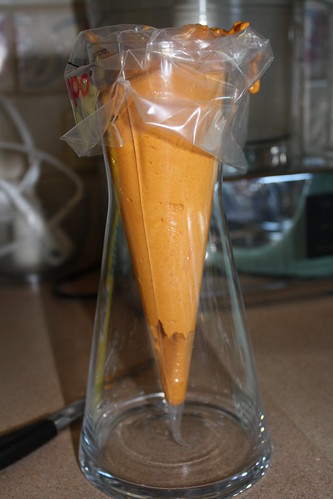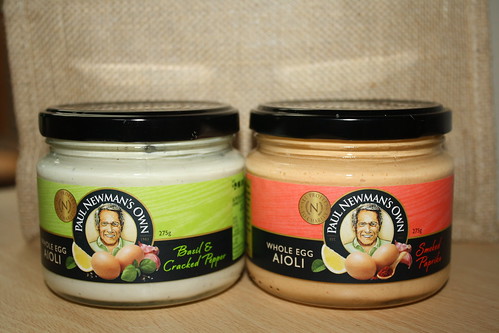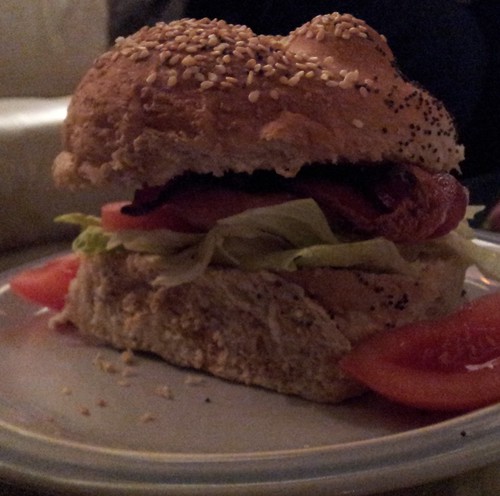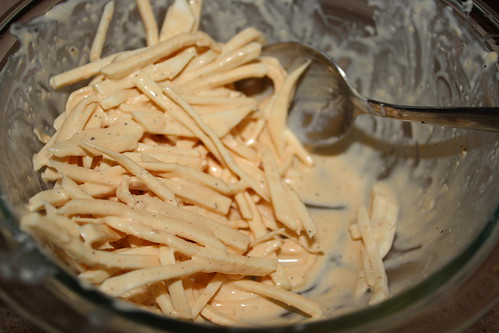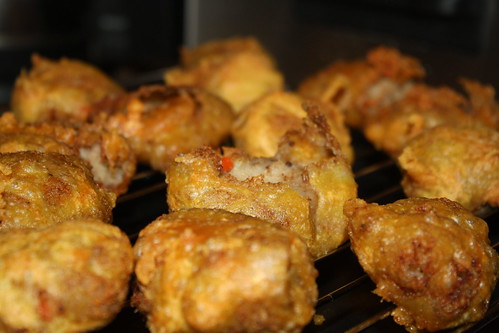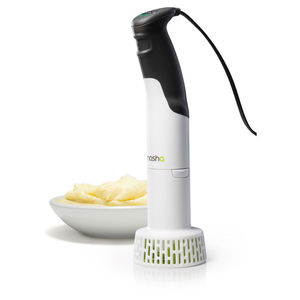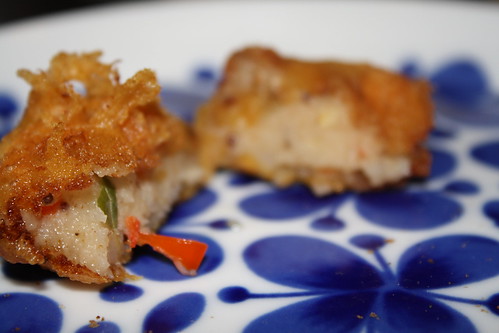At the beginning of August I went to a fortieth birthday party. When the ‘cake’ appeared it was a big ziggurat of macarons. Everyone tucked in and amongst my group of friends, it was decided that the pale brown ones tasted just like a Golden Gaytime. If you’re not Australian you’re probably thinking “wtf?” right about now.
A Golden Gaytime is an icecream: it’s an awesome icecream. It’s vanilla icecream with some caramel and some little crunch biscuit bits and chocolate. They rock. The Golden Gaytime is my number one icecream (followed by other Australian icons such as Paddle Pops, Splices and Eskimo Pies). If you live in Australia and you haven’t tried one, the next warm day nip to your local deli and buy one!
Me, being me, I ate about 4 of these macarons at the party and a couple of days later emailed the birthday boy, asking for his friend’s recipe.
The response surprised me: they were Adriano Zumbo’s packet mix salted caramel macarons.
Now I’ve never made macarons before so I thought that providing the packet mix did not contain too many scary sounding ingredients (which it doesn’t, but there are some artificial colours and flavours), I’d give them a go. My resolution firmed when I spotted the packets at $2 off in a local supermarket! Always the bargain hunter, me!
I made them for our family Father’s Day lunch. I made the macarons themselves on Saturday and filled them on Sunday, although the little macaron bible I own suggests filling them a day in advance for flavours to mature.
On opening the box there is a packet of meringue mix, a packet of almond mix, a packet of caramel for the filling, a template and 2 disposable piping bags. All you need to have to hand is some butter and water.
The instructions on the back of the box are very clear and indicate where the tricky stages in the process are. There are videos on the Zumbo website to help you out too. Timing is ambitious (prep time 10 minutes, baking time 36 minutes – trust me, you won’t be finished in 46 minutes) but other than that, the instructions (which I did actually follow!) do the job.
You start by beating the macaron mix with water until aerated and stiff. Then you fold in the almond mix and give it a bit of a beat and then you pipe this onto baking paper (you can use the template provided, or download one from the website, or you can pipe freehand), and bake trays separately for 14-18 minutes. In our oven I found 14 minutes just about right.
The piping is pretty critical – if you pipe at an angle you’ll end up with lopsided macarons. So you need to pipe from above. It was really obvious (to me) which macarons I’d piped first!
You rest the macarons before baking to create a skin and, when you remove them from the oven, you slide them straight onto a cool surface and leave to cool on the baking paper.
To make the buttercream filling you just beat the caramel with some butter and add some salt flakes if you wish. You then pipe the buttercream into the macarons and sandwich together.
It is actually that easy. I would have to say though that the outcome of the exercise is not that I feel that I must rush out and buy more of these. While I’ll definitely be cooking macarons again, I’ll be cooking them from scratch.
The other thing I learnt? Well, disposable piping bags are absolutely the way forward. In the past I have wrestled with a reusable cloth piping bag which is hard to manipulate and even harder to wash. Never, ever again.
Finally – my tip for easy piping bag filling. Stand the piping bag in a tall container, folding down the edges (see the picture). This leaves you with two hands free for the filling and ensures the bag stays upright, open and doesn’t collapse and spill all over your counter.


